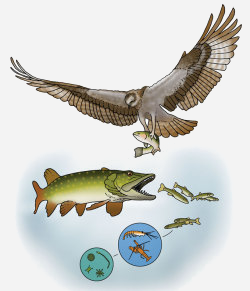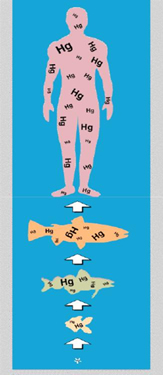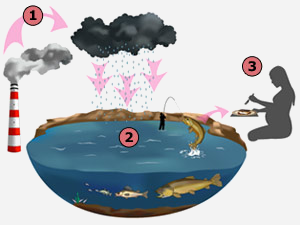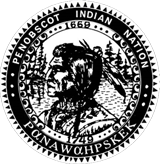Sources of Pollution
Point Sources
Section 502(14) of the Clean Water Act
The term “point source” means any discernible, confined and discrete conveyance, including but not limited to any pipe, ditch, channel, tunnel, conduit, well, discrete fissure, container, rolling stock, concentrated animal feeding operation, or vessel or other floating craft, from which pollutants are or may be discharged. This term does not include agricultural storm water discharges and return flows from irrigated agriculture.
Non-Point Sources
Unlike point source pollution that comes from sewage treatment plants and various industries, nonpoint source pollution comes from many diffused sources. NPS pollution by definition is stormwater (rainfall and snowmelt) that runs over and through the land picking up natural and man-made pollutants. These pollutants are then deposited into our streams, lakes, rivers, and finally the ocean. The types of pollutants that enter waterways vary according to land use. In residential and agricultural areas they can be animal wastes, faulty septic systems, excess fertilizers, herbicides, insecticides as well as bacteria and nutrients from livestock. In urban and industrial areas the pollutants can be oils, grease, toxic chemicals, and salt used on roads during the winter months. We can also have nutrient enriched sediment enter our waterways from improperly managed construction sites, crop lands, forest lands, and from eroding streambanks. Another way nonpoint source pollution enters our water ways is through atmospheric deposition and hydromodification. Nonpoint Source Pollution, in many states, is the leading remaining cause of water quality problems.
What can you do to prevent nonpoint source pollution?
We all can play a role in our day to day actions to prevent nonpoint source pollution. You can, for example:
- Apply lawn and garden chemicals sparingly and according to directions.
- Dispose of used oil, antifreeze, paints and other household chemicals properly – not in sewer or storm water drains!
- Keep litter, pet wastes, leaves and debris out of street gutters and storm drains. These outlets drain directly to the river!
- Control soil erosion on your property by planting ground cover and stabilizing erosion-prone areas. Minimize bare soil!
- Purchase household detergents and cleaners that are low in phosphorous to reduce the amount of nutrients discharged into the river.
HERE ARE SOME VIDEOS THAT SHOW DIFFERENT TYPES OF POLLUTION AND HOW THEY GET INTO THE WATER

Toxics
Toxins are of special significance to tribal members because of their sustenance culture and federally-protected inherent fishing rights.
Because many toxins biomagnify, consuming large amounts of fish increases a person’s risk for health problems.
- Some known toxics that are present in or being discharged into Penobscot waters include chlorinated organics, chromium, copper, dioxin, furans, arsenic, lead, mercury, phenols, vanadium, zinc, DDT and PCBs.
- Fish consumption advisories for mercury (Hg) are in place for all waters in the state and advisories for dioxin and PCBs are in place in the Penobscot River downstream of the town of Lincoln. (click here to see the PIN fish consumption advisory)
- HoltraChem, a chlor-alkali plant closed in 2000, is located on the lower Penobscot. Sediments downstream contain the highest concentrations of mercury in Maine and possibly the country. The plant was licensed to discharge up to 5 pounds of mercury/year directly to the Penobscot River and hundreds of pounds/year to the air.

Air Pollution
“Lakes are a mirror, not just of the sky on a quiet morning, but of the pollution falling from the sky. Fossil fuels are burned, smoke loaded with sulfur and nitrogen rises to the sky. The chemicals stick to dust that settles back to the earth, mix with rain and snow, turning water to a weak solution of acid. So anything that affects one aspect of the environment eventually reaches all the others; so smokestack exhaust becomes acidic rains; air pollution becomes water pollution.”
Catherine Schmitt, Lake Site Assessments, US EPA TIME-New England Lakes, May 24, 2103

